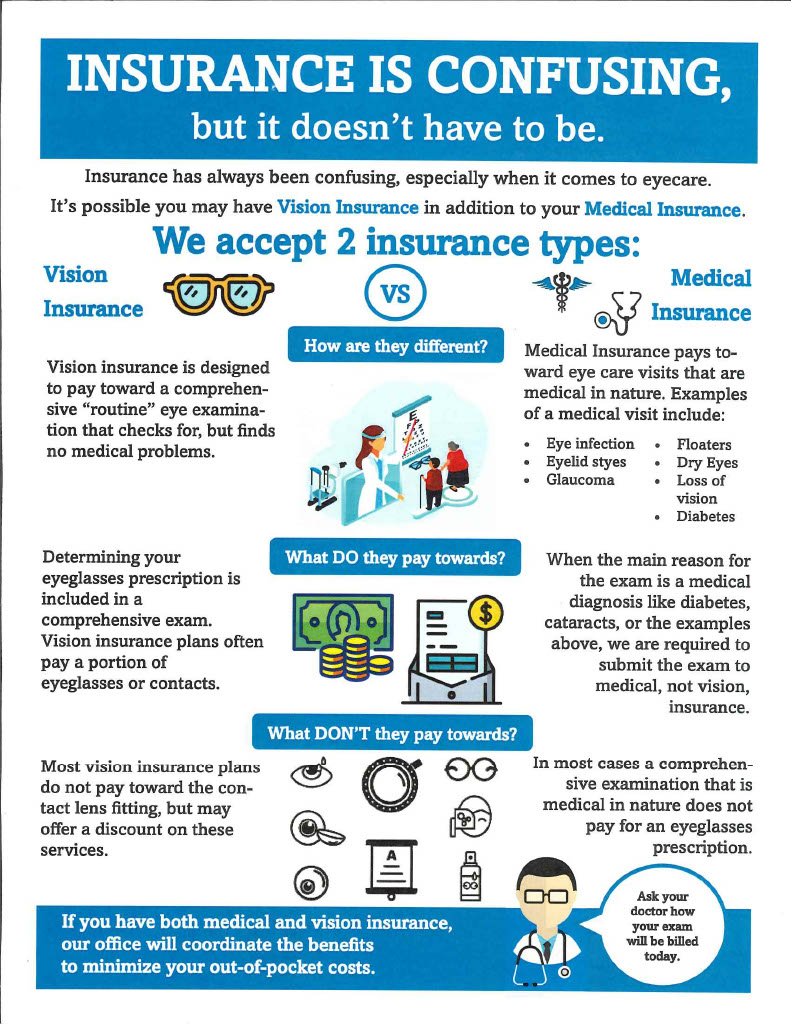The smart Trick of Medicare Advantage Agent That Nobody is Discussing
The smart Trick of Medicare Advantage Agent That Nobody is Discussing
Blog Article
Medicare Advantage Agent Fundamentals Explained
Table of ContentsThings about Medicare Advantage AgentThe Single Strategy To Use For Medicare Advantage AgentThe Main Principles Of Medicare Advantage Agent


follows from confusing the puzzling young reasonably profile of account uninsured with the better healthFar better health and wellness average, of younger persons. For those without accessibility to work environment health and wellness insurance, poor health is a potential barrier to acquiring nongroup insurance coverage due to the fact that such insurance coverage may be extremely valued, leave out pre-existing conditions, or be just inaccessible. Unless otherwise kept in mind, national quotes of individuals without wellness insurance coverage and proportions of the population with different kinds of protection are based on the CPS, the most widely utilized resource of price quotes of insurance policy protection and uninsurance prices.

Examine This Report about Medicare Advantage Agent
Over a three-year duration beginning early in 1993, 72 million people, 29 percent of the U.S. population, lacked coverage for at least one month. Within a single year(1994), 53 million people experienced a minimum of a month without coverage(Bennefield, 1998a). Six out of every ten without insurance adults are themselves used. Although functioning does boost the probability that and one's household members will certainly have insurance, it is not a guarantee. Even members of households with two full time breadwinner have almost a one-in-ten possibility of being uninsured (9.1 percent without insurance price)(Hoffman and Pohl, 2000 ). The relationship in between medical insurance and access to care is well established, as recorded later on in this chapter. Although the partnership in between health and wellness insurance and wellness outcomes is neither straight nor simple, an extensive clinical and wellness services research study literature links medical insurance protection
to better accessibility to care, far better top quality, and enhanced individual and populace health status. For instance, the second record, on personal health results for uninsured grownups, is represented by the innermost circle of the number, while the 3rd report, on family wellness, incorporates the subjects of the second record yet highlights a various unit of analysis, namely, the family members. The sixth record in the collection will certainly present information concerning methods and initiatives taken on locally, statewide, or nationally to resolve the absence of insurance and its unfavorable impacts. Degrees of analysis for analyzing the impacts of uninsurance. This discussion of wellness insurance coverage concentrates mostly on the united state populace under age 65 since virtually all Americans 65 and older have Medicare or other public coverage.
Moreover, it focuses particularly on those without any type of health insurance coverage for any kind of length of time. The issues faced by the underinsured remain in some areas comparable to those encountered by the uninsured, although they are normally much less severe. Uninsurance and underinsurance, nevertheless, entail clearly different policy issues, and the approaches for addressing them may vary. Throughout this study and the 5 reports to follow, the main focus is on individuals with no wellness insurance policy and hence no assistance in paying for health treatment past what is available through charity and safeguard organizations. Wellness insurance policy this content is a powerful factor influencing invoice of care due to the fact that both individuals and medical professionals reply to the out-of-pocket rate of solutions. Health insurance coverage, nevertheless, is neither essential nor enough to access to medical services. Nevertheless, the independent and direct impact of health
insurance protection on accessibility to health solutions is well established. Others will acquire the health and wellness treatment they need also without medical insurance, by spending for it out of pocket or seeking it from carriers who use care cost-free or at highly subsidized rates. For still others, health and wellness insurance coverage alone does not make certain invoice of care because of various other nonfinancial obstacles, such as an absence of healthcare suppliers in their neighborhood, minimal access to transportation, illiteracy, or linguistic and social differences. Official study concerning uninsured populations in the USA dates to the late 1920s and early 1930s when the Committee on the Price of Medical Treatment created a series of reports regarding financing physician workplace check outs and hospital stays. This issue became prominent as the varieties of medically indigent climbed up throughout the Great Depression. Empirical studies regularly sustain the web link in between accessibility to care and improved health outcomes(Bindman et al., 1995; Starfield, 1995 ). Having a regular source of care can be taken into consideration a forecaster of access, as opposed to a straight step of it, when wellness results are themselves utilized as access signs. This extension of the concept of gain access to dimension was made by the IOM Committee on Checking Access to Personal Health Treatment Provider(Millman, 1993, p. Whether or not moms and dads are insured appears to influence whether their youngsters receive get redirected here care in addition to just how much careeven if the children themselves have protection(Hanson, 1998). The health of moms and dads can affect their ability to look after their kids and the level of family stress. Fretting about their children's accessibility to care is itself a source of stress and anxiety for moms and dads. 3 chapters follow in this report. Phase 2 provides a summary of how employment-based medical insurance, public programs and private insurance plan run and interact to give extensive however insufficient coverage of the U.S. population. This consists of an evaluation of historic trends and public laws affecting both public and private insurance coverage, a discussion of the interactions among the various kinds of insurance, and an examination of why people relocate from one program to one more or wind up

Report this page